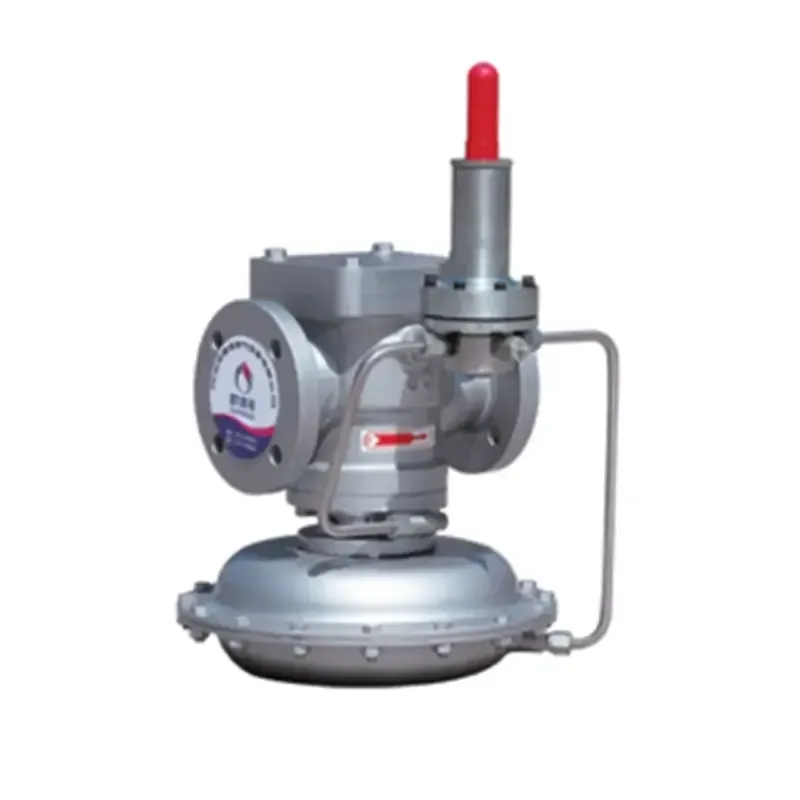
Nov . 17, 2024 22:25
Back to list
Natural Gas Safety Valve Ensuring Secure and Efficient Gas Systems
The Importance of Natural Gas Safety Valves
Natural gas is a vital energy source used globally for various applications, from heating homes to fueling industrial processes. However, with its benefits come inherent risks, primarily the potential for leaks and explosions. To mitigate these risks, safety mechanisms like natural gas safety valves play a crucial role in ensuring the safe use and distribution of this energy resource.
A natural gas safety valve, also known as a pressure relief valve (PRV), is designed to monitor and control the pressure within gas pipelines and storage systems. Its primary function is to prevent overpressure situations that could lead to dangerous leaks, equipment failure, or catastrophic explosions. When the pressure exceeds safety thresholds, the valve automatically opens, allowing gas to escape safely and maintaining the system within operational limits.
There are several types of safety valves used in natural gas applications, each serving specific needs. The most common types include
.
2. Pilot-operated relief valves These valves use a pilot control mechanism that maintains a balanced pressure. They are often more sensitive and can provide more precise control compared to spring-loaded versions.
صمام أمان الغاز الطبيعي

3. Vacuum relief valves In systems where vacuum conditions can occur, these valves prevent collapse by allowing air to enter. They act as a safeguard against negative pressure that could damage pipelines and storage tanks.
The implementation of natural gas safety valves is not just a regulatory requirement but a best practice that ensures safety in gas handling and usage. Regulatory bodies worldwide impose strict codes and standards for the installation and maintenance of these valves to minimize risk factors. Operators are required to regularly inspect and test valves to ensure they function correctly, as any failure can have severe consequences.
In addition to regulatory compliance, education and training of personnel handling these systems are vital. Workers must be aware of the operational aspects of safety valves, including how to identify signs of pressure anomalies and the proper procedures for emergency response. A culture of safety will significantly reduce the likelihood of accidents associated with natural gas use.
Furthermore, the advancement in technology has led to the development of automated systems that integrate monitoring devices with safety valve operations. Such technologies can provide real-time data on pressure levels, enabling proactive management of potential risks. This integration of technology streamlines operations while enhancing safety measures.
In conclusion, natural gas safety valves are essential components in the safe usage of natural gas. They serve as the first line of defense against the potentially hazardous effects of overpressure situations. The continuous monitoring, regular maintenance, and the incorporation of advanced technologies are critical to ensuring their effectiveness. As society increasingly relies on natural gas as a key energy source, prioritizing safety measures, including the implementation of effective safety valves, is essential in protecting lives and preserving the environment. Safety should always be the priority in energy management, and natural gas safety valves play an indispensable role in achieving this goal.
Next:
Latest news
-
Safety Valve Spring-Loaded Design Overpressure ProtectionNewsJul.25,2025
-
Precision Voltage Regulator AC5 Accuracy Grade PerformanceNewsJul.25,2025
-
Natural Gas Pressure Regulating Skid Industrial Pipeline ApplicationsNewsJul.25,2025
-
Natural Gas Filter Stainless Steel Mesh Element DesignNewsJul.25,2025
-
Gas Pressure Regulator Valve Direct-Acting Spring-Loaded DesignNewsJul.25,2025
-
Decompression Equipment Multi-Stage Heat Exchange System DesignNewsJul.25,2025

